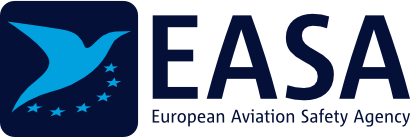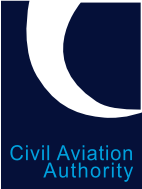This information provides an outline of the necessary components that form the framework of an European Aviation Safety Agency (EASA) and UK Civil Aviation Authority (UK CAA) Aircraft Maintenance Licence (AML). For more detailed information please refer to www.easa.europa.eu or www.caa.co.uk.
The European Aviation Safety Agency (EASA), under the authority of the European Parliament, regulates the legislative rules and procedures to ensure airworthiness of airborne craft throughout EU Member States.
Each Member State adheres to the rules and procedures via its local National Aviation Authorities (NAA).
Following the UK exit from the EU, the UK Civil Aviation Authority (UK CAA) based at Gatwick House, London, provides oversight of the legislative rules and procedures to ensure airworthiness of airborne craft of UK registered aircraft. During the transition of exiting the EU the UK CAA aligns its policies and procedures to those of EASA.
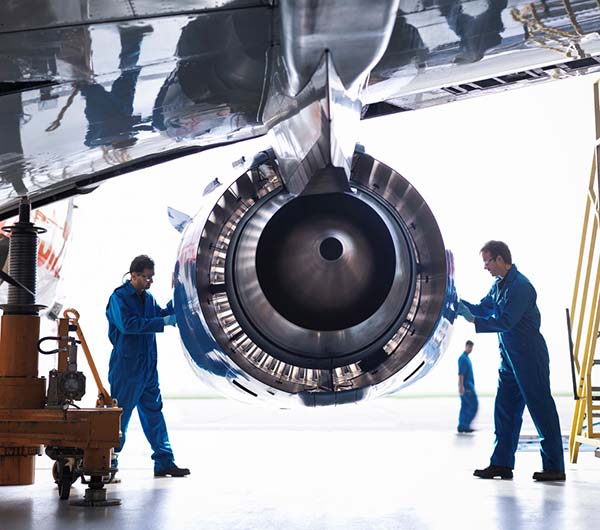
EASA and UK CAA registered aircraft used for Commercial Air Transport (CAT), or ‘large’ aircraft must be maintained in accordance with Part-M. “Large Aircraft” are aeroplanes with a Maximum Take-off Mass (MTOM) of more than 5700kg, or a multi-engine Helicopter.
Part-M defines the technical and assurance requirements to maintain aircraft in an airworthy condition, which requires the aircraft to be maintained at a Maintenance Repair Organisation (MRO) approved to Part-145.
Part-145 defines the infrastructure required to carry out aircraft maintenance and includes requirements for the Accountable Manager (invariably the Managing Director), Safety & Compliance, hangar environment, personnel requirements as well as other aspects.
Personnel who certify the maintenance of aircraft within the Part-145 approved MRO must be trained and licensed in accordance with Part-66, holding the associated AML.
Part-66 sets out the AML requirements and the syllabus to be used for ‘Basic’ and ‘Type’ training.
‘Basic’ is the underpinning knowledge which, along with proven basic hand skills gained through maintenance experience, forms the basis of the issue of an AML. ‘Type’ is knowledge specific to an aircraft (i.e Boeing 737, Airbus A320) allows for the AML to be annotated with a ‘Type’ rating.
For categories A, B1 & B2 each subject within the given module is given a knowledge level indicator (1, 2 or 3). The levels summarised are as follows:
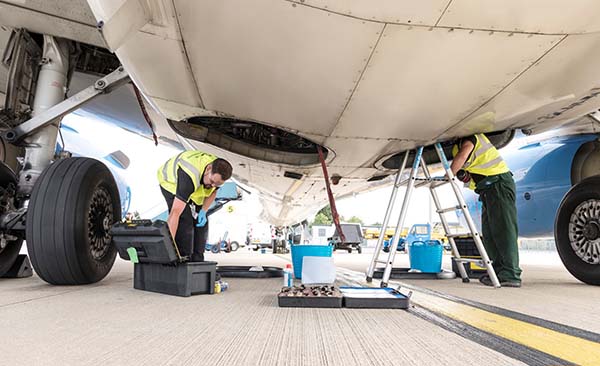
Level 1: A familiarisation with the principal elements of the subject.
Level 2: A general knowledge of the theoretical and practical aspects of the subject.
Level 3: A detailed knowledge of the theoretical and practical aspects of the subject.
All Part 66 modules are assessed using Multi Choice Questions (MCQ) with Modules 7A, 9A and 10 also requiring a short written essay to test for effective written communication. The number of MCQ questions within each module exam are defined within the Part 66 and candidates much achieve 75% to be awarded a Pass grade.
A failed module may not be retaken for at least 90 days following the date of the failed module examination, except in the case of a Maintenance Training Organisation (EASA Part-147) which conducts a course of retraining tailored to the failed subjects in the particular module when the failed module may be retaken after 30 days. The maximum number of consecutive attempts for each module is three. Further sets of three attempts are allowed with a 1 year waiting period between sets. Any Part 66 module assessment must be carried out at an EASA/UK CAA Part 147 Approved Examination Centre. More information is available from our Exam Centre page here.
EASA/UK CAA Part-147 sets out the requirements for an Approved Training Organisation, covering aspects such as Accountable Manager, personnel, Quality Assurance and teaching environment to allow delivery of Part 66 training and examinations.
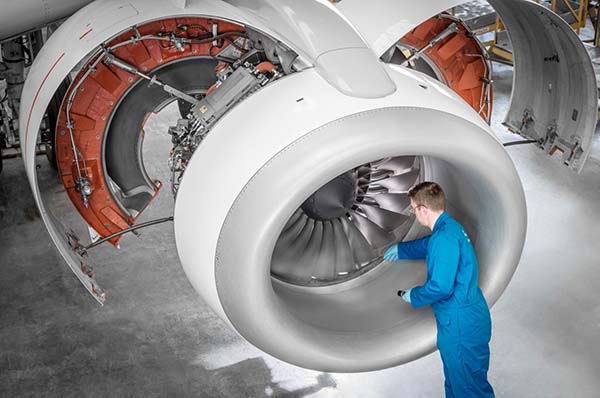
On passing the module examinations, a certificate of recognition is issued and is valid for 10 years. There is therefore a requirement to complete all necessary modules within a 10 year period. Should a module exam expire it must be re-taken.
Maintenance Experience must also be completed within the 10 year period and there are requirements as to how recent the experience should be and that it should be in a civil aircraft environment or an equivalent maintenance environment deemed accepted by the local NAA on a case-by-case basis. Simulation of maintenance experience provided by the Approved Training Organisation is also acceptable. For Category A AML, the maintenance experience ranges from 1 year, if an approved Part-147 training course is attended, 2 years for a ‘skilled worker’ (determined by the NAA) to a maximum of 3 years if no approved technical training has ever been carried out. For B1.1 & B2 AML the maintenance experience ranges from 2 years if an approved Part-147 training course is attended, 3 years for a ‘skilled worker’ (determined by the NAA) to a maximum of 5 years if no approved technical training has ever been carried out.
Please note: From 1st January 2023, the requirements regarding acceptance of EASA issued certificate of recognition, approvals and licences for the operation and/or maintenance of U.K. registered aircraft has changed. Please contact the UK CAA directly or see their website here for further information.


